Tom's Guide Verdict
The iPhone 13 Pro is the one of the most powerful phones ever. Despite the larger camera hump and lack of Touch ID, the latest iPhone is a beast with a stellar display and excellent cameras. It’s also $100 cheaper than the equally impressive iPhone 13 Pro Max.
Pros
- +
Gorgeous and bright 120Hz display
- +
Incredible performance
- +
Spectacular cameras
- +
Vastly improved battery life
Cons
- -
Fast charging limited to 20W
- -
4K ProRes video limited to 256GB and above
Why you can trust Tom's Guide
Price: Starts at $999
Display: 6.1-inch Super Retina XDR OLED (2352 x 1170)
Refresh rate: 10-120Hz
CPU: A15 Bionic
RAM: 6GB
Rear cameras: 12MP (f/1.5) main, 12MP (f/1.8) ultrawide, 12MP (f/2.8) telephoto with 3x optical zoom
Front camera: 12MP (f/2.2)
Video: Up to 4K 60 fps, 4K 30 fps ProRes (256GB+), 1080p 30 fps ProRes (128GB), 1080p 30 fps (Cinematic Mode)
Battery life (hrs:min): 11:42
Charging: 20W wired, 15W MagSafe
Size: 5.8 x 2.8 x 0.3 inches
Weight: 7.19 ounces
Update: The iPhone 14 Pro is now on sale, and it improves on the already great iPhone 13 Pro in several ways.
I’ve seen a lot of phones in my career, but the iPhone 13 Pro is the best phone I’ve ever reviewed. Apple's latest handset raises the bar so much that it’s hard to find any true fault with the iPhone 13 Pro except maybe the lack of Touch ID and that the charging speed still maxes out at 20W.
But consider what the iPhone 13 Pro does bring. From an excellent and bright 120Hz OLED display to the A15 Bionic’s crushing performance, this is one powerful device. If you’re a fan of slender phones, this is about as good as it gets for a phone with a 6.1-inch screen. Best of all, there’s no feature disparity between this model and the iPhone 13 Pro Max. Both phones have the same telephoto zoom capabilities and all four iPhone 13 models have sensor-shift optical image stabilization. You’re not losing anything by opting for the cheaper and smaller iPhone 13 Pro.
In this iPhone 13 Pro review, I’ll walk you through why this is one of the best phones you can buy — it is the best if you want a smaller screen.
Be sure to also check out our iPhone 13 Pro Max review, as well as our iPhone 13 review and iPhone 13 mini review. And if you do decide to buy the iPhone 13 Pro, make sure you also pick up one of the best iPhone 13 Pro cases.
iPhone 13 Pro review: Price and release date
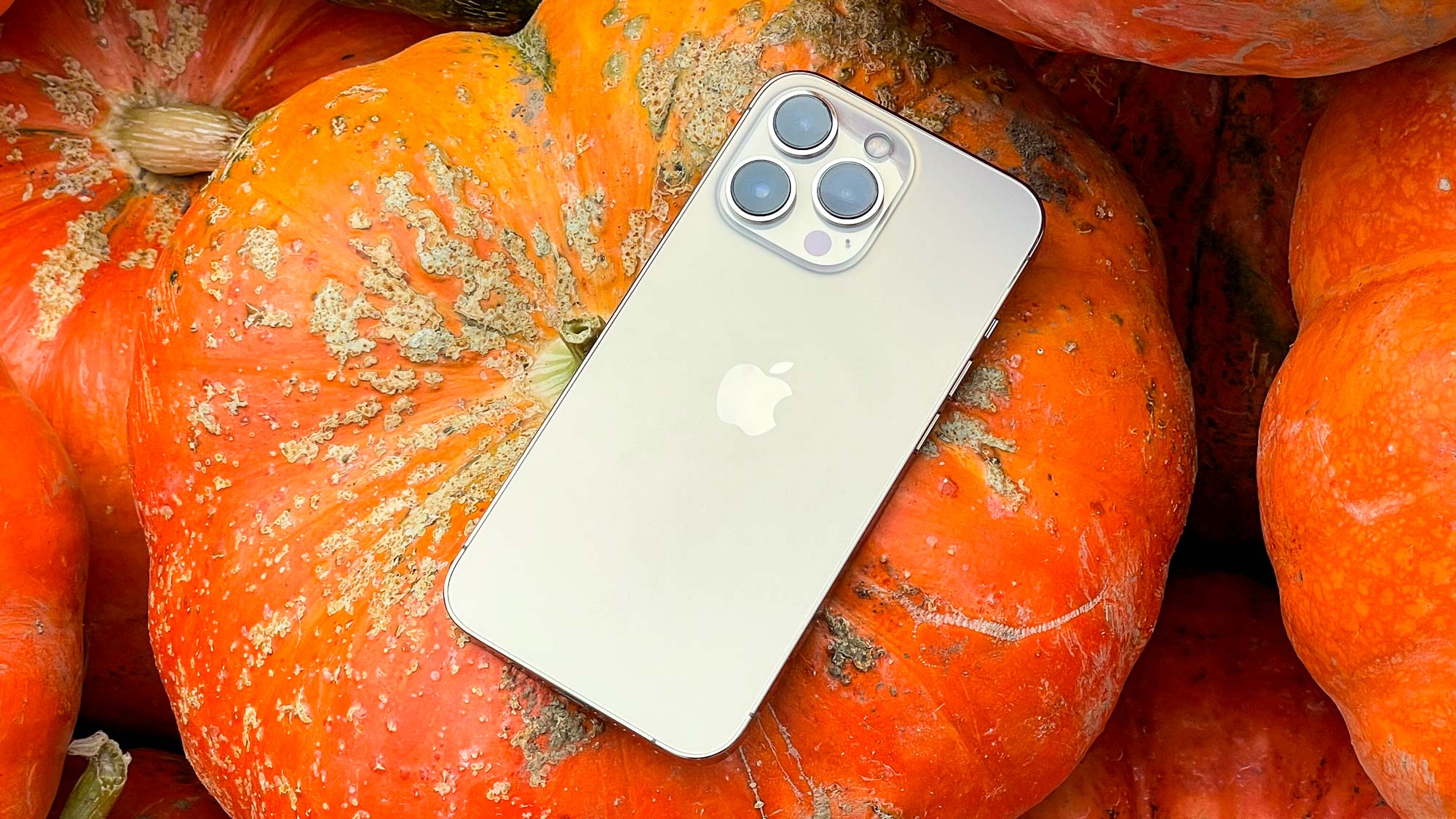
As with every iPhone, the iPhone 13 Pro is available from nearly every carrier in addition to Apple. And the iPhone 13 Pro is available to buy right now, starting at $999 for the 128GB model.
From there, a 256GB version costs $1,099, while the 512GB sets you back $1,299. For the first time ever, Apple offers a 1TB iPhone 13 Pro, which costs $1,499 — as much as a 13-inch MacBook Pro with an M1 chip and a 512GB hard drive. Take a look at our Apple Store coupons page for ways to save on your order.
Get instant access to breaking news, the hottest reviews, great deals and helpful tips.
In the U.K. the 128GB iPhone 13 Pro starts at £949, that ramps up to £1,049 for the 265GB model and £1,249 for the 512GB version. If you have deep pockets, then the 1TB iPhone 13 Pro will cost a hefty £1,449.
I encourage you to check out our best iPhone 13 deals page to ensure that you get the best offer, whether you opt for a trade-in, payment plan, or buy the phone outright. And also check out our iPhone 13 delays page to see the latest shipment date info.
Note: Apple no longer sells the iPhone 13 Pro since the iPhone 14 Pro arrived. You may be better off looking at the newer model, but if you do want the 13 Pro, you should be able to find it still on sale from third-party retailers and mobile carriers for some time yet.
iPhone 13 Pro review: Design
The iPhone 13 Pro looks remarkably similar to the iPhone 12 Pro except for two key differences: the bigger camera hump and the smaller notch. The former is pretty self-evident. The lenses and the square around them stick out quite noticeably — the phone is far from flat when laying on a table or desk.

The smaller notch is worthy of note, though. Apple says it’s about 20% smaller than the one we’re all used to. In practice, you can definitely tell the difference when you hold up the new phone next to an iPhone 12 Pro.
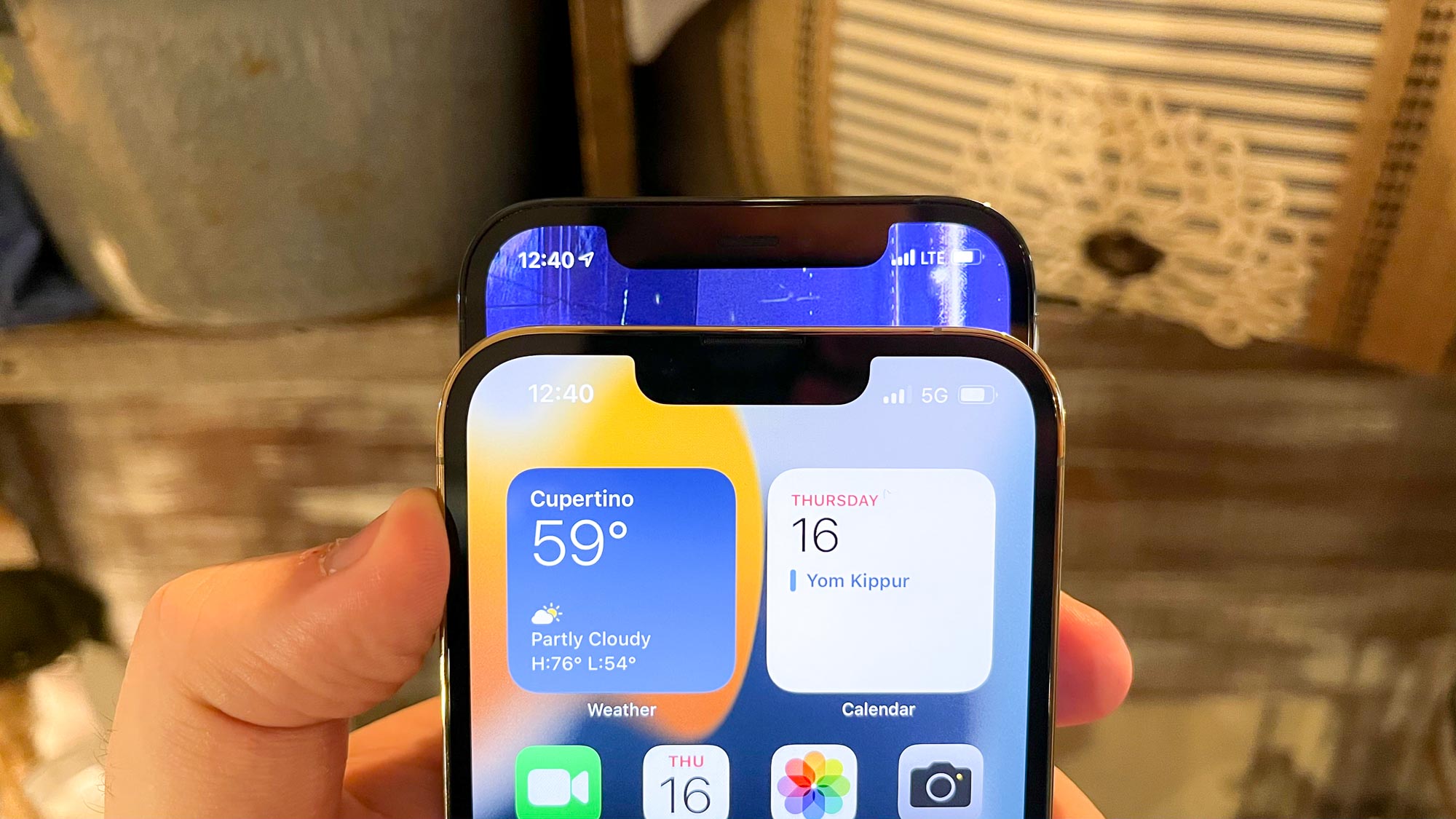
The smaller notch is certainly a step in the right direction, though I still find it unsightly. Since Apple remains all-in on Face ID, the notch is here to stay for now — under-display TrueDepth tech is probably still a ways off.

On that note, a serious omission on the iPhone 13 Pro is Touch ID. Rumors suggested that Apple was testing in-display fingerprint technology similar to what you find on many of the best Android phones. In a world where the COVID-19 pandemic is still raging and many of us are heavily encouraged to wear masks, I think Apple failing to offer an unlock alternative to Face ID remains a problem. The Apple Watch workaround introduced with iOS 14.5 earlier this year isn’t good enough.
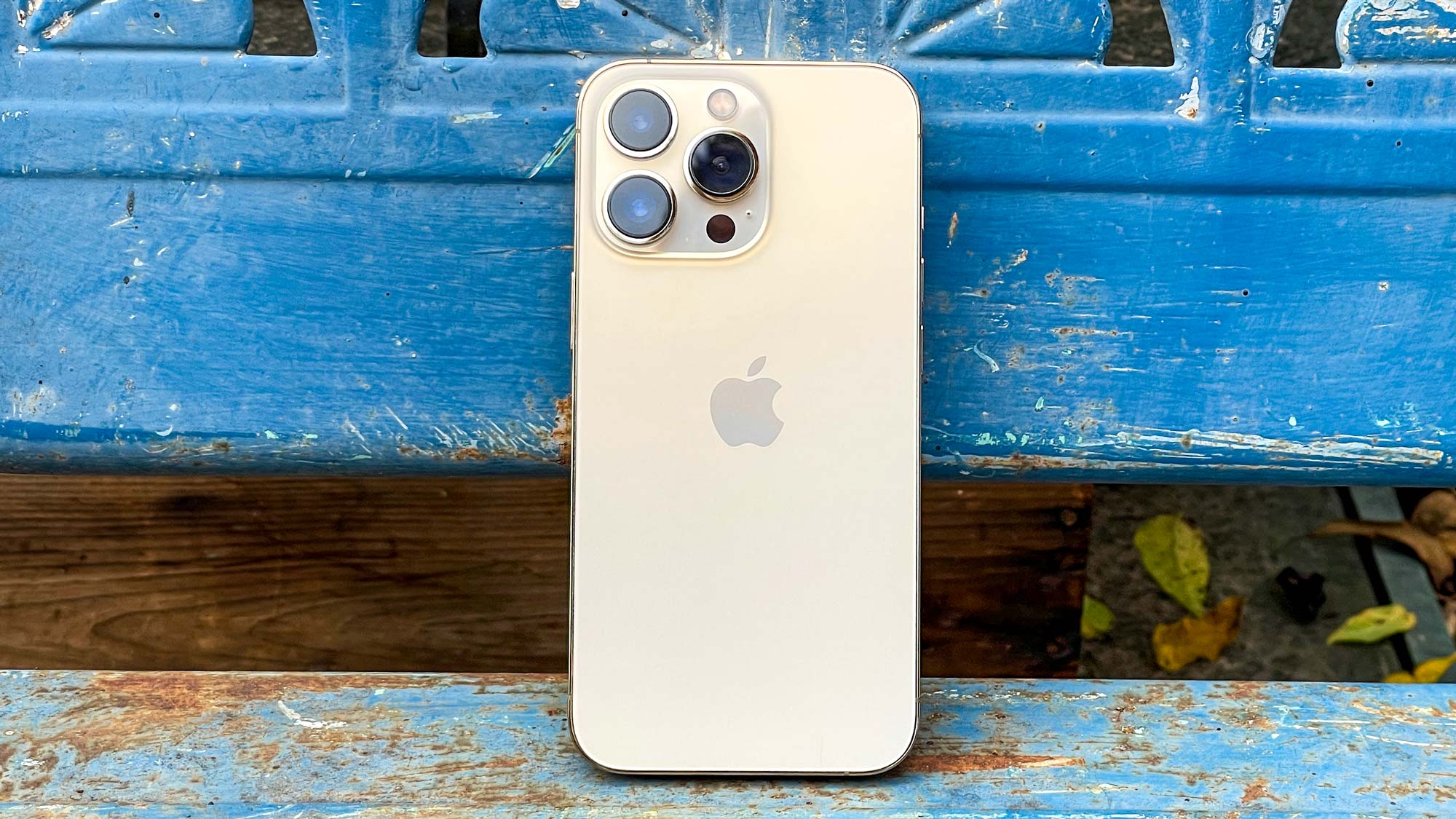
A stainless steel frame gives the iPhone 13 Pro a serious heft. It feels heavier, more solid, than the 7.19 ounces Apple lists as the phone’s weight. While my time with the phone has been brief up until now, I did feel wrist and pinky fatigue while using it, more so than the iPhone 12 Pro I use as a daily driver.
Because the iPhone 13 Pro’s design is largely unchanged, it feels more like an iterative upgrade over its predecessor instead of one pushing the boundaries. I think Apple played it safe this year, instead focusing on the display and camera enhancements.
One thing to note, thanks to Apple's new iPhone Self Service Repair kits, you can now carry out your own repairs, but proceed with caution here as you'll need some technical skills.
iPhone 13 Pro review: Display
With the same size OLED panel as its predecessor, the iPhone 13 Pro packs a lot of pixels in a screen that measures 6.1 inches diagonally. Apple calls this the latest version of its Super Retina XDR technology, and it sure is pretty. Colors pop, there’s plenty of contrast, and the viewing angles are stellar.

Whether I was playing the anime-inspired, saturated Genshin Impact or watching the harsh orange scenes in the latter part of Blade Runner 2049, the iPhone 13 Pro’s display delivered in every regard. Even vibrant cyberpunk or retrowave images with their bright neon pinks, magentas and purples looked stunning.
Here’s how the iPhone 13 Pro’s screen stacks up against the Galaxy S21 Plus and iPhone 12 Pro in display benchmarks.
| Row 0 - Cell 0 | iPhone 13 Pro | Galaxy S21 Plus (Vivid / Natural) | iPhone 12 Pro |
| sRGB (%) | 117 | 212 / 104 | 116 |
| DCI-P3 (%) | 83 | 150 / 74 | 82 |
| Delta-E | 0.27 | 0.31 / 0.18 | 0.28 |
| Nits | 1024 | 747 | 742 |
The iPhone 13 managed similar color saturation to its predecessor, and its Delta-E color accuracy score (where 0 is perfect) was about the same as the iPhone 12 Pro’s. But pay attention to the max brightness we measured in our lab: 1,024 nits is insanely bright.
Of course, the star this year is the 120Hz ProMotion refresh rate on both the iPhone 13 Pro and iPhone 13 Pro Max. The ProMotion experience is really nice. The iPhone 13 Pro’s display can automatically jump between 10Hz and 120Hz, offering a smooth experience that adapts to not only the content on screen, but also how fast your finger swipes across the glass.
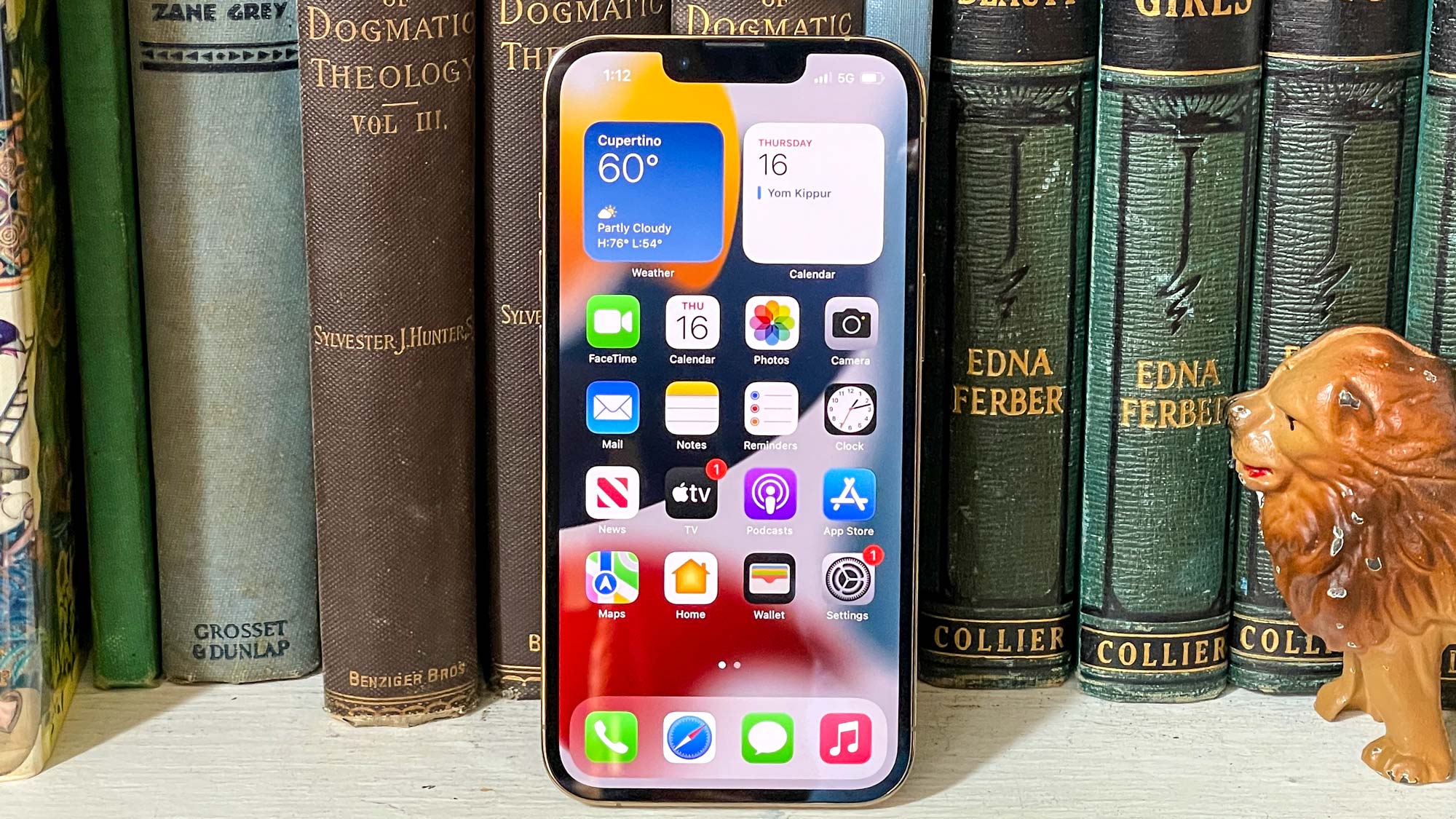
Once you experience a 120Hz display, it’s hard to go back to a 60Hz one. The same holds true for the iPhone 13 Pro, which has a noticeably smoother screen than the 12 Pro. Side-by-side, I strongly prefer the ProMotion display. Not only is it easier to read text on a web page while scrolling, but the crisp animations jumping between emails in Gmail or just unlocking the phone all make for an extremely premium experience.
Some third-party apps are apparently experiencing problems with ProMotion, with the display either locking at 60Hz or jumping between 60Hz and 120Hz, but Apple says a fix will come soon in a software update. In fact, that fix is coming in iOS 15.4!
While I wouldn’t say that the iPhone 13 Pro has the best display on the market, it’s certainly very, very good and more competitive now thanks to ProMotion.
iPhone 13 Pro review: Cameras
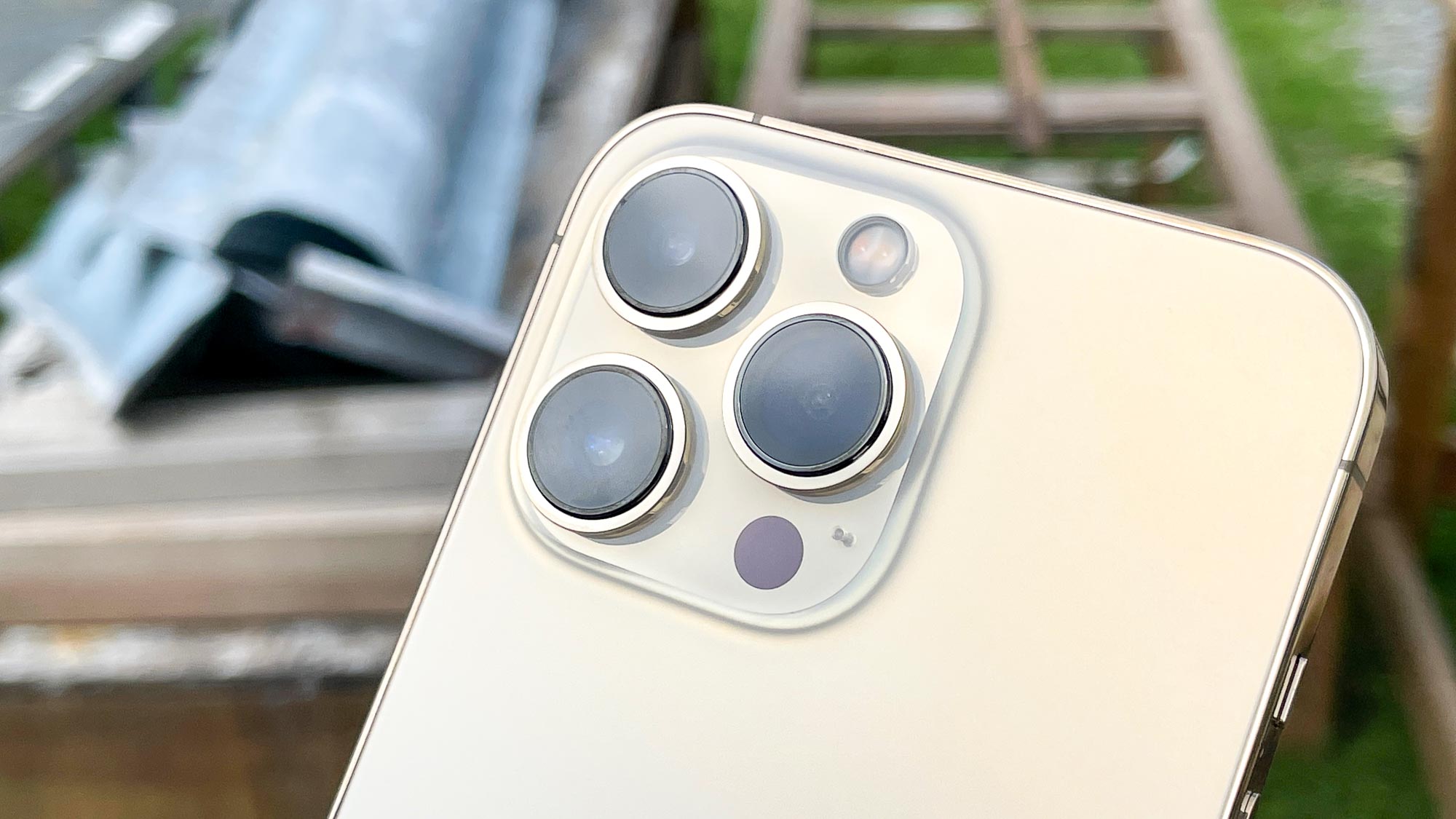
The iPhone 13 Pro comes equipped with three 12MP rear cameras, including a telephoto lens offering a 77mm focal length and 3x optical zoom. The main shooter features a larger sensor and wider aperture this year at f/1.5, so it can let in more light than before.
The 12MP 120-degree ultrawide also received a larger sensor, as well as autofocus for sharper super wide-angle shots. It’s in low-light where the new phone really shines, especially over its predecessor and the competition.
In this photo of a collection of signs, the iPhone 13 Pro kept an interesting balance. Not only are the colors more natural, but they’re also vibrant. I compared the iPhone’s camera to the Galaxy S21 Plus, which produced a surprisingly washed-out image, as if the phone struggled to compensate for the sunlight. The iPhone’s focus is also sharper and the contrast is stronger.
With this photo of an old trailer with the weeping willow in the background, the iPhone handled the direct sunlight very well. The image is well-lit with plenty of detail and depth. The S21 Plus’ shot is dimmer and more muted. The focus is also softer in that telltale Samsung way.
Moving inside, I captured this warm, artificially-lit scene. There’s a lot going on this image from the lamp in the foreground to the backlighting and multitude of shadows. The iPhone managed a pretty nice image with proper tones and sharp focus. The S21 Plus struggled with soft focus and proper contrast again, creating an image that feels flatter than the iPhone’s.
Another indoor shot offered some excellent natural lighting and more color variation than our last scenario. The iPhone 13 Pro’s image is vibrant, capturing the autumn-esque colors near perfectly. From the oranges to the dark greens, the iPhone’s picture is cozier.
The S21 Plus’ photo isn’t too bad, but it once again struggles with soft focus and ever-so-slightly washed out colors. The lines on the wall look almost smoothed over, making for a flatter image.
Trying out the ultrawide lens, I challenged the iPhone 13 Pro to take a good photo of this pile of bright orange pumpkins in direct sunlight. The final image is pretty good, with natural color balance, proper exposure, and sharp focus — the autofocus on the ultrawide camera this year definitely helps. The Galaxy S21 Plus did the typical Samsung thing by oversaturating the colors, notably on the plants in the background. It takes on a fantasy oil painting vibe. The focus also seems off, too.
For the telephoto test, I took a picture of these knick-knacks from across the room. The yellow ducks, blue birds, and red frame look plenty colorful in the iPhone’s shot, even if the image feels a bit too warm for my liking. The S21 Plus’ photo is cooler, but the colors in the aren’t as vibrant as the iPhone’s. Both phones struggled with this scene.
For portraits, I had my photographer stand a few feet away from me. The iPhone 13 Pro has a much stronger bokeh effect around my face, artistically blurring the hats on the wall behind me. It did make my face really red and splotchy, but I’ll chalk that up to a hot day and being indoors without A/C. The Galaxy S21 Plus had a much weaker blur radius and it didn’t draw enough attention to the subject. It also applied too much face smoothing by default.
The night mode shots were interesting, if only to see the differences between them. It’s strange to say that the S21 Plus’ image is brighter than the iPhone’s. It’s also a bit sharper with better colors. The iPhone 13 Pro’s Night Mode should have surpassed the Galaxy S21 Plus’, but in this nearly pitch black scene (to my eye), it did not.
I found this incredibly surprising, and I noticed a similar thing with the iPhone 13 mini (which faced off against the regular Galaxy S21). Apple touted improvements to Night Mode — which also works on the ultrawide and telephoto cameras now — so seeing the results here, which speak for themselves, left me flabbergasted.
Apple talked up the new macro mode that uses the ultrawide lens to take photos of subjects at up to 2 cm away. I tried this out on this yellow flower, getting pretty close to it. Overall, the image looks pretty good, with sharp details and on-point focus. Compare this to the Galaxy S21 Plus, where I simply used the zoom lens to get close. Here you can see soft focus, colors that are too warm, weak contrast that makes the image look flat.
The iPhone’s picture could use some work in post-processing to be presentable, but it ultimately shows that a phone doesn’t need a dedicated macro lens to take some cool pictures.
The macro mode is an automatic switch, but Apple says, "A new setting will be added in a software update this fall to turn off automatic camera switching when shooting at close distances for macro photography and video." As it stands the macro mode can be fiddly to use, with it being fussy and jerky when triggering automatically, but Apple is working on a fix.
Finally, the iPhone 13 Pro features a 12MP front camera with support for Night Mode selfies. It captured the proper amount of warmness from the scene, which made my ruddy face stand out. But at the same time, the Galaxy S21 Plus produced a cooler image with my eyes being a bit brighter. It also seemed to do better with the harsh backlighting.

Standard

Rich Contrast
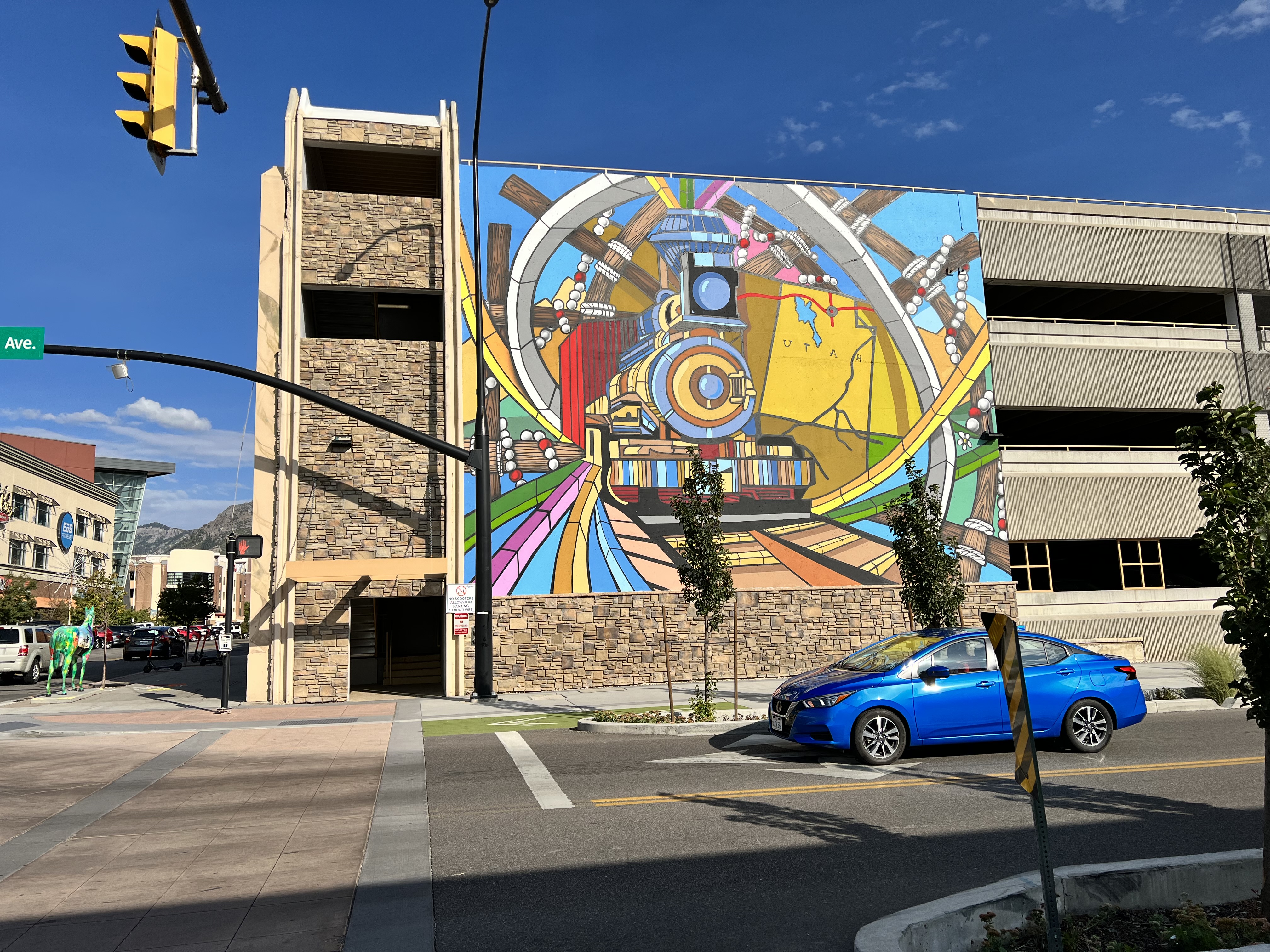
Vibrant
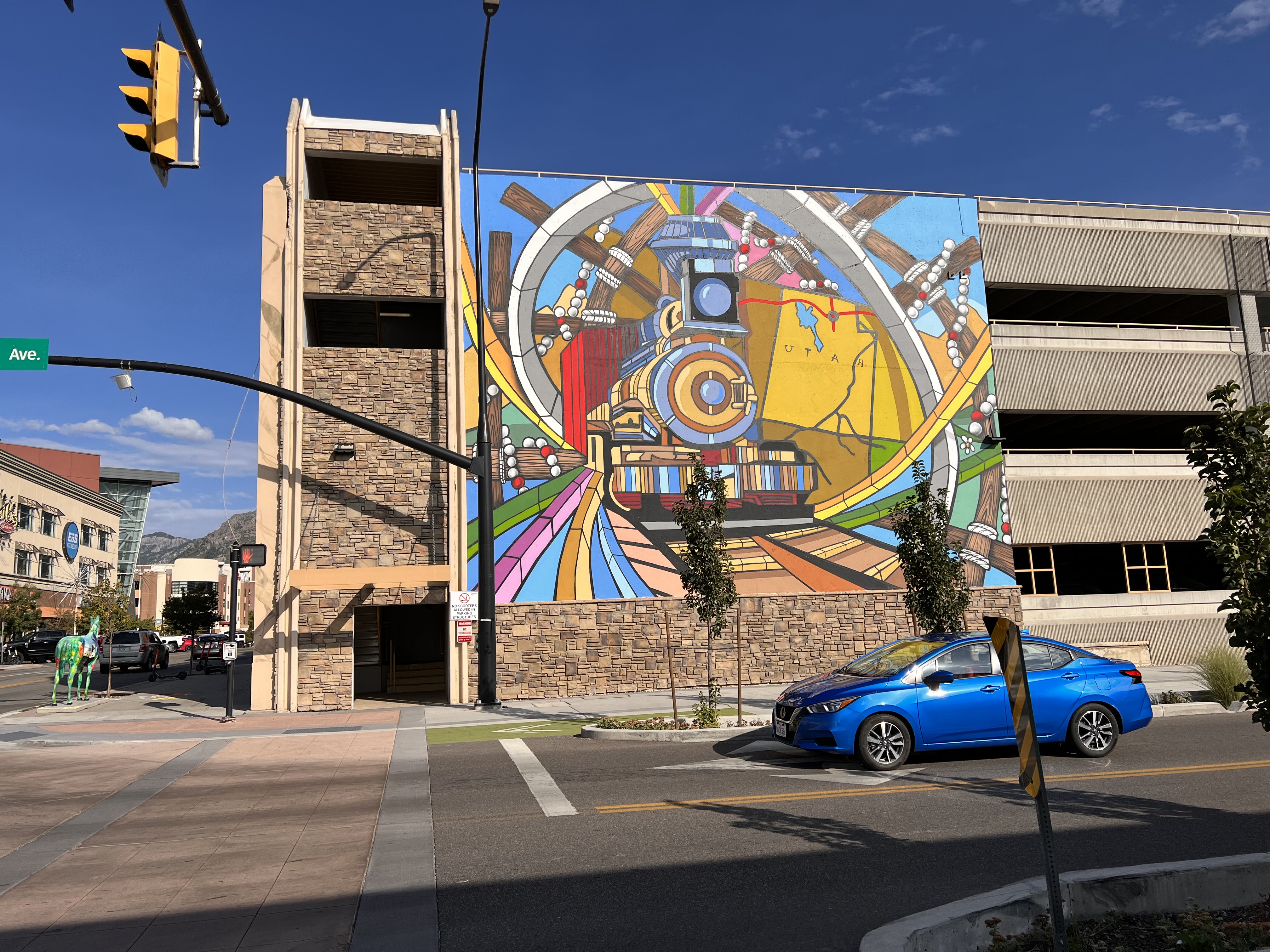
Warm
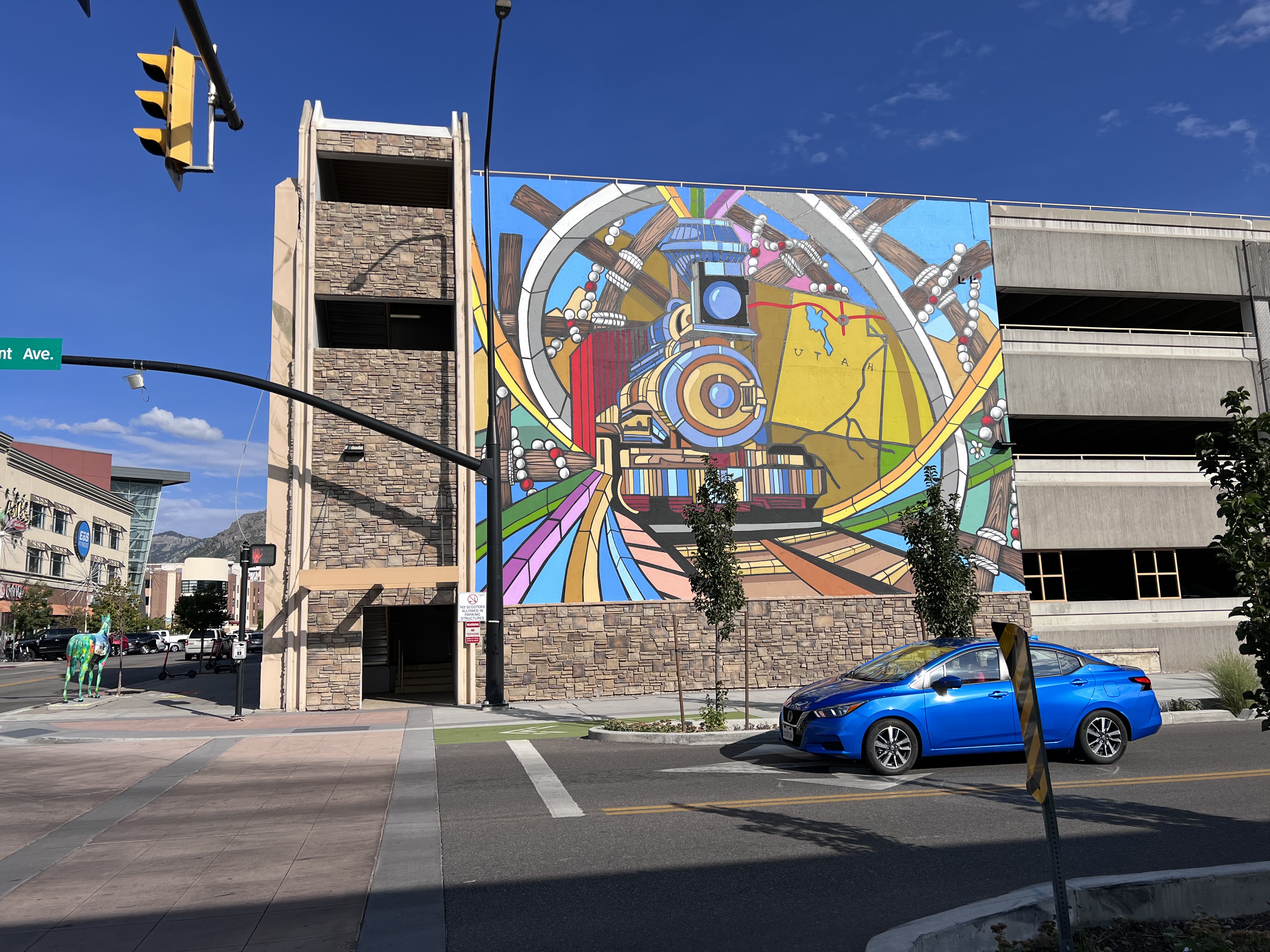
Cool

Standard

Rich Contrast

Vibrant

Warm

Cool

Standard

Rich Contrast

Vibrant

Warm

Cool
The iPhone 13 Pro includes Photographic Styles — essentially preset filters, though calling them just that would be a disservice. Each style appears in real-time, letting you find the right lighting and color balance option to match the artistic look you’re going for. From Vibrant to High Contrast, these modes offer new ways of taking pictures without applying filters after the fact. These work on both the front and rear cameras. Above is a gallery of the default mode and the four options you get out of the box — you can customize them to your liking later.
iPhone 13 Pro review: Video
For the last several years, the iPhone has been the phone to get if you cared about video recording. New with the iPhone 13 Pro is Cinematic Mode, which is essentially the portrait video we heard rumors about. This new mode is much more than that, though, offering a truly professional and artistic way to shoot videos. Cinematic Mode not only applies a bokeh effect around the subject, but it tracks said subject as you shoot.

For example, it can tell when a subject enters or leaves the frame, dynamically shifting the focus accordingly. Or if the subject looks behind them, the iPhone 13 Pro will shift to the area that the person is looking at. In this mode, you can record at 1080p 30 fps. Cinematic Mode is really cool in practice, and expertly shows off the power of the A15 Bionic’s Neural Engine, but I’m not sure how often an average user will take advantage of it.
For a more traditional video approach, the iPhone 13 Pro supports Dolby Vision HDR at up to 4K 60 fps. You can also shoot in the ProRes format, which lends itself well to professional-grade editing — which you can also edit on the iPhone 13 Pro, thanks to the phone’s processing power. However, ProRes in 4K 30 fps is only available on the 256GB, 512GB, and 1TB iPhone 13 Pro models. The 128GB version is limited to 1080p at 30 fps for ProRes.
To learn more, see our tutorial on how to record ProRes video on the iPhone 13 Pro series.
iPhone 13 Pro review: Performance
New with the iPhone 13 series is the A15 Bionic system-on-chip. It features a six-core CPU and a 5-core GPU on the Pro models, plus an upgraded Neural Engine. (The iPhone 13 and iPhone 13 mini make do with quad-core GPUs). Paired with 6GB of RAM, the iPhone 13 Pro is a veritable powerhouse, leagues ahead of the best Android has to offer. The A15 crushes the Snapdragon 888 and further proves the quality of Apple’s deft hand with silicon.

The iPhone 13 Pro’s graphical prowess is not to be underestimated. The GPU in the A15 Bionic is powerful, with Apple claiming it’s 50% faster than the competition (likely referring to the Snapdragon 888 and its Adreno 660 GPU). It’s difficult to measure real-world gaming performance since iOS doesn’t let you track framerates in games, but the more intensive titles like Genshin Impact and Asphalt 9 look great on the iPhone 13 Pro.
| Row 0 - Cell 0 | iPhone 13 Pro | Galaxy S21 Plus | iPhone 12 Pro |
| Geekbench 5 (single / multi-core) | 1733 / 4718 | 1116 / 3300 | 1585 / 3669 |
| Adobe Premiere Rush (Mins:Secs) | 0:26 | 1:00 | 0:27 |
| 3DMark Wild Life Unlimted (Score / FPS) | 11,963 / 70 | 5571 / 33.3 | 8619 / 51 |
| 3DMark Wild Life Extreme Unlimited (Score / FPS) | 2766 / 16.5 | 1447 / 8.5 | Not measured |
I included the iPhone 12 Pro in this comparison so that you could see the generational improvement from last year. Not only has the A15 Bionic improved over the A14, but it is several leaps ahead of the Snapdragon 888 in the Galaxy S21 Plus. Nothing in Android land can hold a candle to the A15, even if synthetic benchmarks aren’t necessarily analogous to real life.
Using Adobe Premiere Rush, we try to get a sense of real-world performance by having a phone transcode a 4K video file to 1080p. The iPhone 12 Pro could already knock out the test in a blistering 27 seconds while the Galaxy S21 Plus lags far behind at a flat minute. The iPhone 13 Pro managed to perform the transcode in just 26 seconds. It’s not a huge jump over the A14-equipped iPhone 12 Pro, but it furthers Apple’s lead over Qualcomm.

3DMark’s Wild Life is a graphics benchmark, and I included the original and Extreme test results. The Extreme Unlimited benchmark brings any phone to its knees, even the iPhone 13 Pro. But the average framerate in the original Wild Life Unlimited test shows a huge boost over the A14, and a massive step ahead of the Galaxy S21 Plus.
This all to say, the iPhone 13 Pro is the most powerful phone you can get right now (along with its big brother, the iPhone 13 Pro Max). Android and its multitude of devices certainly have their own strengths, but the hardware backing the ecosystem has a hard time keeping up with Apple’s own chips.
Check out our iPhone 13 benchmarks page to see how the iPhone 13 Pro and all the new iPhones compare to each other and the Android phone competition.
Apple upgraded its phones’ 5G capabilities this year, furthering the steps made with the iPhone 12 series. The iPhone 13 Pro features more 5G bands this time around, meaning it can work more places and on more carriers. Smart Data Mode returns, letting your phone switch to LTE when 5G isn’t needed (and theoretically saving on battery life).
We’re still in the early days of 5G and, thanks to some rollout issues, it’s not always an improved experience everywhere you go. But that’s a carrier problem. Rest assured that the iPhone 13 Pro has the hardware chops to handle future network improvements.
iPhone 13 Pro review: Battery life and charging
We don’t know the iPhone 13 Pro’s battery capacity because Apple doesn’t disclose that information. Teardowns will fill in that info, but we do know from Apple that there’s bigger batteries in this year’s iPhones.

To that end, Apple says the iPhone 13 Pro lasts up to 1.5 hours longer than the iPhone 12 Pro. Apple is usually fairly conservative in its battery life estimates, so I was excited to see how the new phone would perform in the Tom’s Guide battery test, where we force a phone to endlessly reload web pages on a cellular connection until it dies.
The larger battery in the iPhone 13 Pro certainly pays off, increasing the phone’s longevity by nearly 3 hours over its predecessor and more than 2 hours longer than the Galaxy S21 Plus for a total time of 12 hours and 18 minutes. For reference, the last iPhone hit 9 hours and 6 minutes while the Galaxy S21 Plus managed 9 hours and 41 minutes.

This is a major benefit for people looking to upgrade, seeing as the iPhone 13 Pro landed on our best phone battery life list even with an adaptive display and power-hungry 5G connectivity. Seeing such a jump over the iPhone 12 Pro’s lackluster battery life is certainly impressive — even the Galaxy S21 Plus can’t compare.
Head over to our iPhone 13 battery life results page to see how the iPhone 13 Pro compares to the other new iPhones and the best Android phones.
Unfortunately, Apple hasn’t figured out how to include faster charging on this phone. The iPhone 13 Pro maxes out at 20W wired and 15W via MagSafe. In a world where the OnePlus 9 Pro can charge at 65W over a cable or at 50W wirelessly — or where Xiaomi has gotten to 120W — Apple’s paltry offering is just disappointing. The iPhone 12 Pro only hit 53% in 30 minutes in our testing.
The iPhone 13 Pro still uses a Lightning connector instead of USB-C, which even the new iPads use. There’s no charger in the box either, continuing a trend Apple started with the iPhone 12 release.
iPhone 13 Pro review: Software
The iPhone 13 Pro ships with iOS 15. We’ve covered the latest version of Apple’s mobile OS quite extensively since we got our hands on the beta over the course of the summer. There are quite a few features to take note of, such as a tweak to notifications, Live Text/Visual Look Up, Focus, FaceTime enhancements, and improvements to many of the core apps. I encourage you to check out our extensive coverage of the update, including our iOS 15 review and our look at the current iOS 15.2 update.

I didn’t find any iPhone 13-specific software features (other than the camera and video stuff I mentioned earlier), but I think iOS 15 is best experienced on the iPhone 13 Pro because of the ProMotion display and the A15 Bionic chip. That’s usually the case — the newest hardware runs the latest software version the best and shows off everything it has to offer.
If you have an Apple Watch, we do suggest you proceed with caution if you're going to buy an iPhone 13 Pro right away, as a caveat with on the software side of things in that it appears iPhone 13 models are having a problem unlocking with the Apple Watch. However, this issue doesn't appear to be affecting every single user and Apple has officially acknowledged the problem and a fix may already be available.
iOS 15.4 landed in mid-March, with its highlighting feature being that Face ID now works with masks. It requires an iPhone 12 or newer, but so far, it works quite well. The iPhone 13 Pro certainly benefits from this update. iOS 16 brings further updates, including allowing Face ID to unlock your iPhone 13 Pro Max in landscape mode.
One of the best things about iOS is how developers have embraced the platform and continue to make great apps for Apple devices. We'd suggest loading up on some of the best iPhone apps or, if you're new to the platform, grabbing the best apps for a new iPhone.
iPhone 13 Pro known problems
As is often the case with a new phone release, iPhone 13 owners have already encountered a few problems. For example, some iPhone 13 users are finding that the phone won't unlock with an Apple Watch, though a fix is on the way. There are also issues with the touch display reportedly not being responsive enough in some cases, though that could be an iOS 15 issue rather than an iPhone 13 one.
As far as the iPhone 13 Pros go, there are complaints that the cameras are automatically switching between lenses without warning; an update that will enable users to turn this off is said to be coming. Plus, the ProMotion displays on the iPhone 13 Pros are not running at 120Hz with some apps, which Apple will be addressing in an update. And developers need to optimize their apps as well.
See our iPhone 13 problems roundup for more info.
iPhone 13 Pro review: Verdict
The iPhone 13 Pro and its bigger brother are the best phones you can buy right now. This smaller Pro model is better suited for people who balk at larger phones. The battery life has vastly improved over past iPhone models, which is a serious point in this device’s favor. And Apple has proven its prowess with cameras, with the iPhone 13 Pro producing some beautiful photos and videos.

I have two gripes with this phone, though. I’d like to see faster charging, but more importantly, I really wanted to see Touch ID this year. Despite the annoyance of unlocking the iPhone 13 Pro manually, and a second time to use Apple Pay, though, the iPhone 13 Pro has basically everything else going for it.
Next: read about the iPhone 13 Pro's larger sibling, the iPhone 13 Pro Max, and see what the differences are in our iPhone 13 Pro vs. iPhone 13 Pro Max versus. Also take a look at the best iPhones overall to see what suits you best for your needs and budget.

Jordan is the Phones Editor for Tom's Guide, covering all things phone-related. He's written about phones for over six years and plans to continue for a long while to come. He loves nothing more than relaxing in his home with a book, game, or his latest personal writing project. Jordan likes finding new things to dive into, from books and games to new mechanical keyboard switches and fun keycap sets. Outside of work, you can find him poring over open-source software and his studies.

